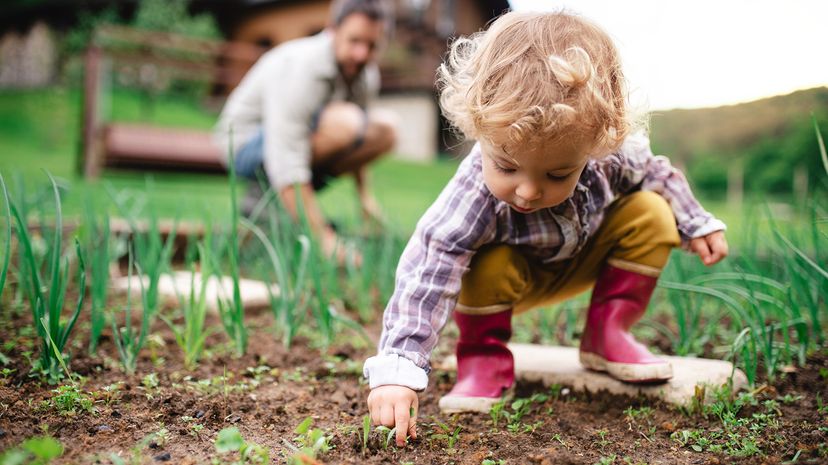Does building a salad from scratch sound like it's your speed? There are plenty of leafy greens that are very easy to grow. Here are just a few to keep in mind:
1. Lettuce: A Classic Choice for Easy Growth
Lettuce is perfect for beginners since it's one of the easiest vegetables to grow. It’s a cool-season crop that can tolerate partial shade and prefers well-drained soil and consistent moisture.
Some lettuce will grow in as little as 20 days, so you can enjoy a continuous crop throughout the growing season. Whether you’re growing leaf lettuce varieties or head lettuce, you’ll find it a satisfying addition to your garden.
2. Kale: A Nutritious and Easy-to-Grow Option
Kale is another cool-season crop that thrives in partial shade. Rich in vitamins and minerals, kale is a nutritious addition to any meal. It's also a great go-to if you like your salads on the crunchier side.
You can have plenty of kale in your garden in as little as 50 days, and it'll continue to produce throughout year, especially if you keep picking the leaves. Kale can tolerate frost, so it's the perfect leafy green to have in your garden year-round.
3. Swiss Chard: A Versatile Leafy Green for Any Garden
Swiss chard is another versatile leafy green that’s easy to grow and packed with nutrients. Like lettuce and kale, it prefers well-drained soil and partial shade.
Like lettuce, you can have this one ready in under three weeks, and it's a continuous crop perfect for salads, sautés and soups. Plus, the colorful stems will add even more aesthetic appeal to your vegetable garden.
